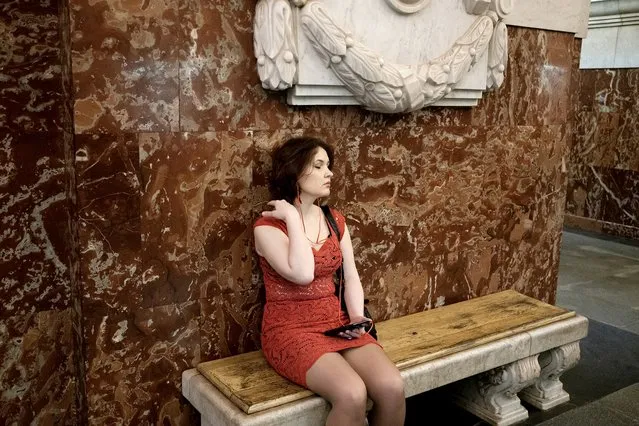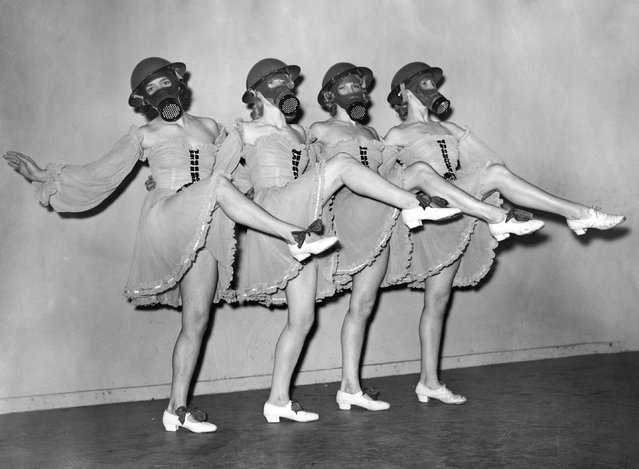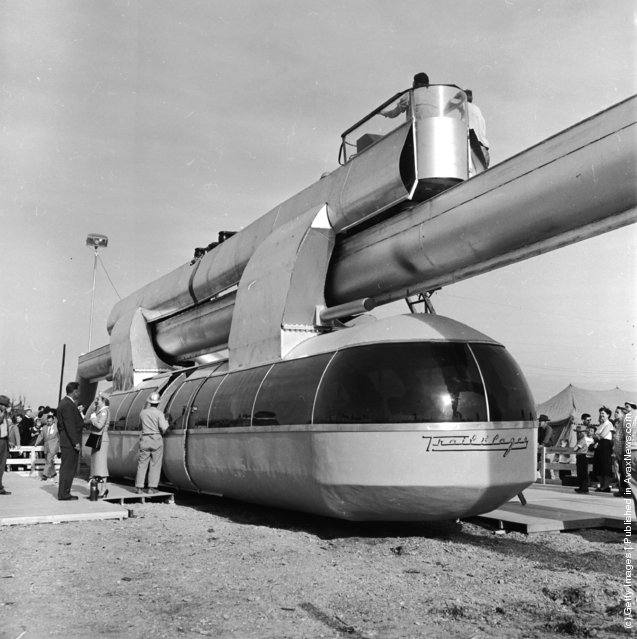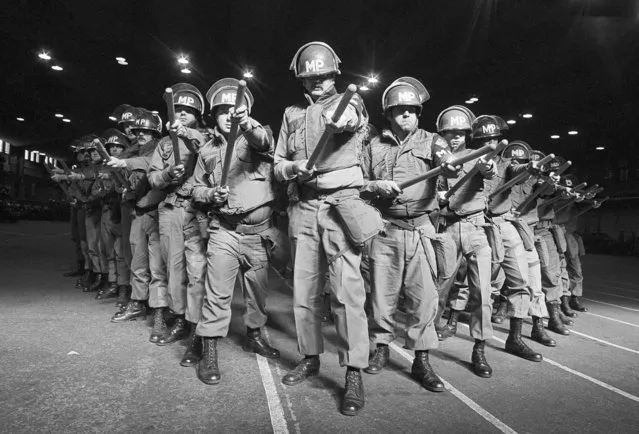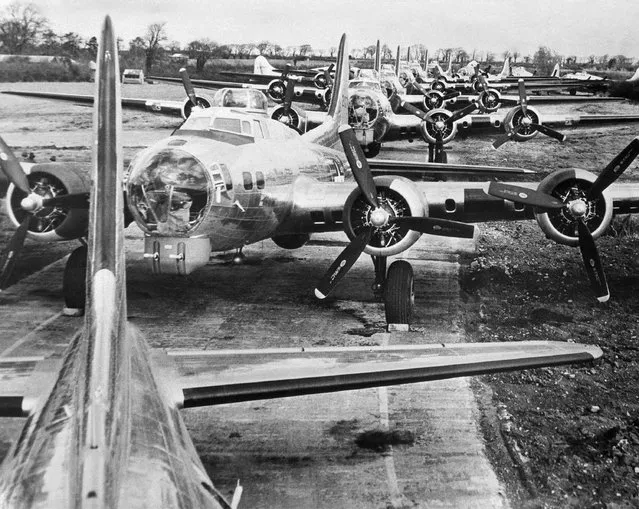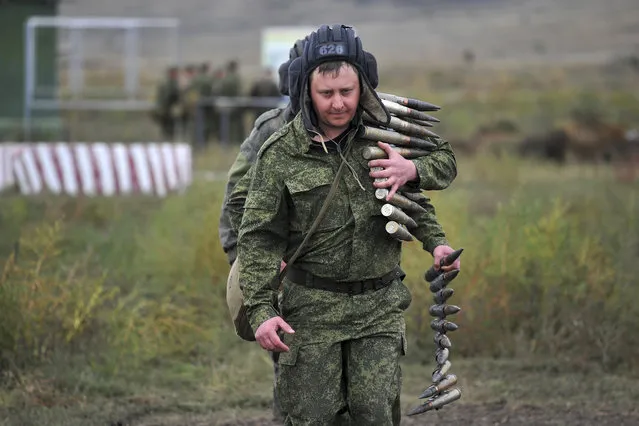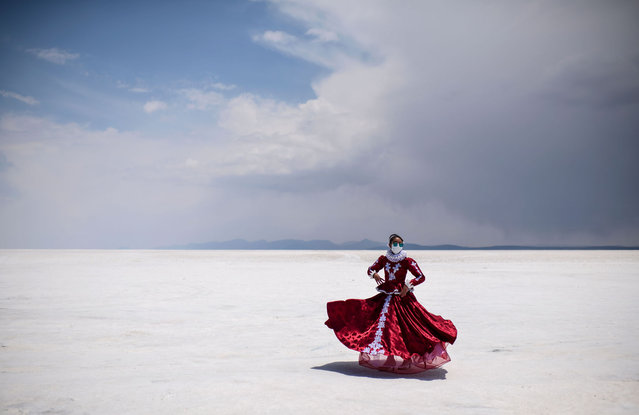
A dancer of Potosi's government departament, poses with traditional costumes at the Salar de Uyuni, the world's largest salt flat, in Uyuni, Bolivia, on November 7, 2020. (Photo by Ronaldo Schemidt/AFP Photo)
24 Nov 2020 00:05:00,post received
0 comments


